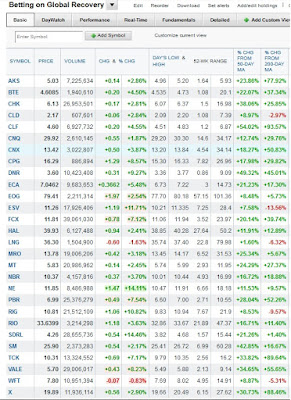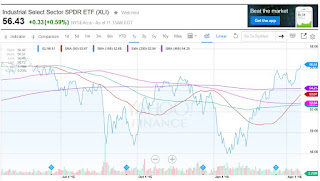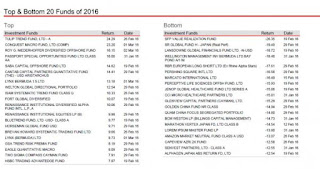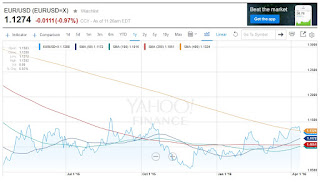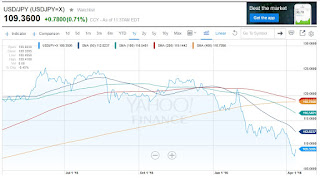Reporter Ed Mendel covered the California Capitol in Sacramento for nearly three decades, most recently for the San Diego Union-Tribune. More stories are at Calpensions.com.
CalPERS actuaries recommend that the annual state payment for state worker pensions increase $602 million in the new fiscal year to $5.35 billion, nearly doubling the $2.7 billion paid a decade ago before the recession and a huge investment loss.
It’s the largest annual state rate increase since CalPERS was fully funded in 2007. And it’s the third year in a row that the state rate increases have grown: up $459 million in 2014, $487 million in 2015, and now $602 million for the fiscal year beginning July 1.
The annual state actuarial valuation prepared for the CalPERS board next week also shows that the debt or “unfunded liability” for state worker pensions grew to $49.6 billion as of last June 30, up from $43.3 billion the previous year.
And as the debt went up, the funding level went down. The five state worker pension plans had 69.4 percent of the projected assets needed to pay future pension obligations last June, a small decline from 72.1 percent in the previous year.
The funding level of the California Public Employees Retirement System, with 1.8 million active and retired state and local government members, has not recovered from a huge loss during the financial crisis and recession.
The entire system (state workers are less than a third of the total members) was 102 percent funded with a $260 billion investment fund in 2007. By 2009 the investment fund had dropped to about $160 billion and the funding level to 62 percent.
Now the total investment fund, which was above $300 billion at one point last year, is valued at $290 billion this week, according to the CalPERS website, and the latest reported funding level is 73 percent.
In recent years, CalPERS has phased in three rate increases for lowering the earnings forecast from 7.75 to 7.5 percent, adopting a more conservative actuarial method intended to reach full funding in 30 years, and getting new estimates that retirees will live longer.
The CalPERS board clashed with Gov. Brown last November when adopting a “risk reduction” strategy that could slowly raise rates over several decades by lowering the pension fund investment earnings forecast to an annual average of 6.5 percent.
Gov. Brown said in a news release the CalPERS risk reduction plan is “irresponsible” and based on “unrealistic” investment earnings. His administration had urged the CalPERS board to phase in the big rate increase over the next five years.
The CalPERS board president, Rob Feckner, said the go-slow decision emerged from talks with consultants, staff, stakeholders and concern about putting more strain on cities “still recovering from the financial crisis.”
The 3,000 cities and local governments in CalPERS have a wide range of pension funding levels, some low and a few with a surplus. If they are able, CalPERS has encouraged them to contribute more than the annual rate to pay down their pension debt.
Brown could have proposed a new state budget in January that gives CalPERS more than the state rate, paying down state worker debt. But legislators may have more urgent priorities and powerful unions want to bargain pay raises.
Critics contending that California public pensions are “unsustainable” often point to a large retroactive state worker pension increase, SB 400 in 1999, that contained a generous Highway Patrol formula later widely adopted for local police and firefighters.
As the stock market boomed in the late 1990s, the CalPERS investment fund, expected to pay two-thirds of future pensions, bulged with a surplus and a funding level that reached 136 percent.
So, while sharply increasing pensions, the CalPERS board also contributed to later funding problems by sharply reducing state contributions from $1.2 billion in 1997 to $159 million in 1999 and $156 million in 2000.

Much of the $602 million state worker rate increase next fiscal year is for phasing in the third and final year of a rate increase, $266.7 million, to cover a longer average life span now expected for retirees.
The “normal progression” of debt payments added $176.4 million and “investment experience” $89.5 million. Payroll growth of 6 percent in the previous year, instead of 3 percent, added $109.4 million due to new hires and other factors.
All of the $602 million rate increase, if approved by the CalPERS board next week, would be paid by state employers. Usually, only the state, not the employee, pays for increased pension costs, particularly investment shortfalls that cause most of the debt.
But Brown’s pension reform that took effect three years ago is making a small but noticeable change.
Workers hired after Jan. 1, 2013, receive lower pensions, requiring them to work several years longer to receive the same benefit as workers hired before the reform. In the list of changes resulting in the $602 million state increase next year, lower pensions for new hires are a $33 million reduction.
State workers typically pay a CalPERS rate ranging from about 6 percent of pay to 11.5 percent, depending on the job and bargaining by labor unions. The new employer rates range from 26.1 percent of pay for miscellaneous workers to 48.7 percent of pay for the Highway Patrol.
Under the pension reform, some state workers (most are excluded) are expected to pay half of the “normal” cost, the estimated cost of the pension earned during a year by a worker, excluding debt from previous years.
Because of an increase in the normal cost, employees hired under the reform by the Legislature, California State University, and the judicial branch would get a small rate increase next year, up from 6 percent of pay to 6.75 percent.
State savings from these and other increases in worker rates must be used to pay down the pension debt. So, even though the state payment under the new CalPERS rate is $5.35 billion, the savings from higher worker rates boosts the payment to $5.462 billion.
